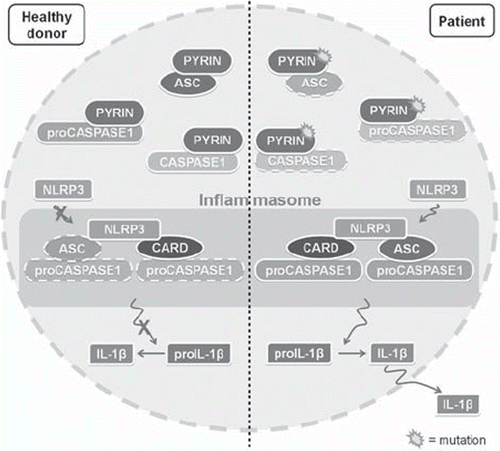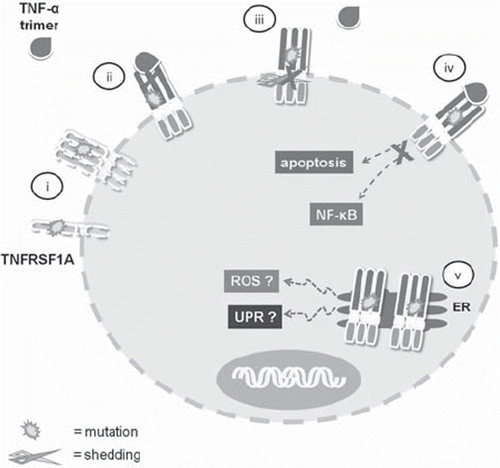Figures & data
Table I. Major features of familial Mediterranean fever (FMF) and tumour necrosis factor receptor-associated periodic syndrome (TRAPS).
Table II. List of the cardiovascular manifestations described in the medical literature referring to familial Mediterranean fever and tumour necrosis factor receptor-associated periodic syndrome.

